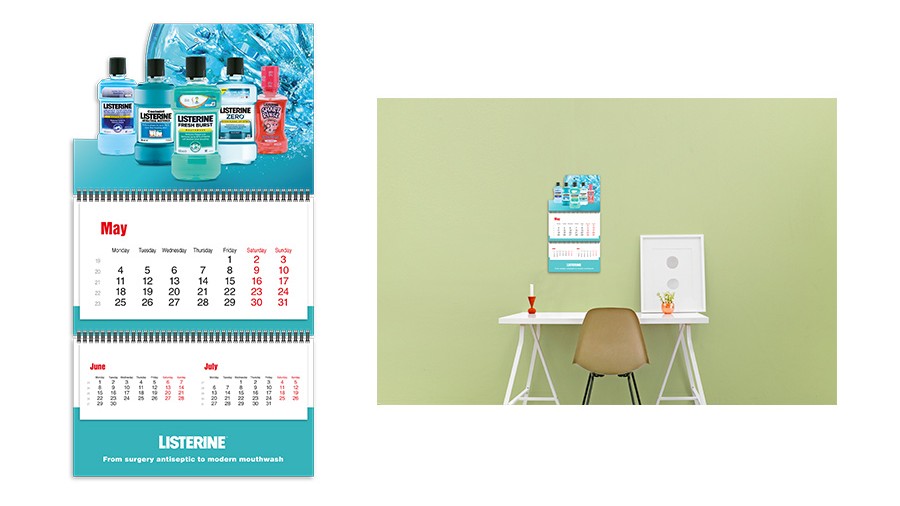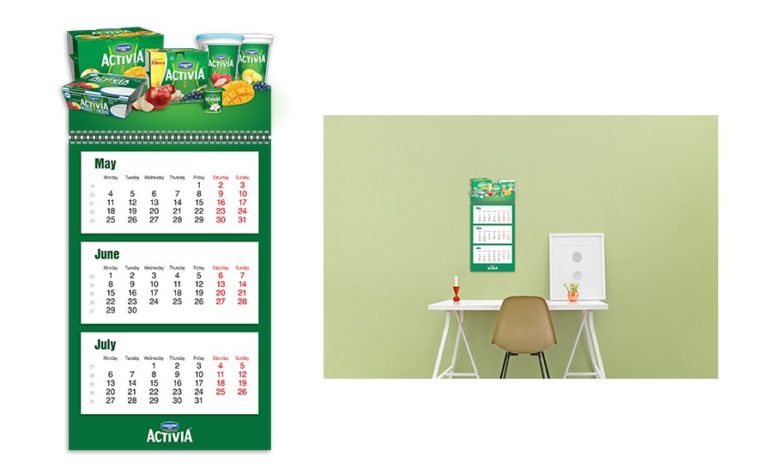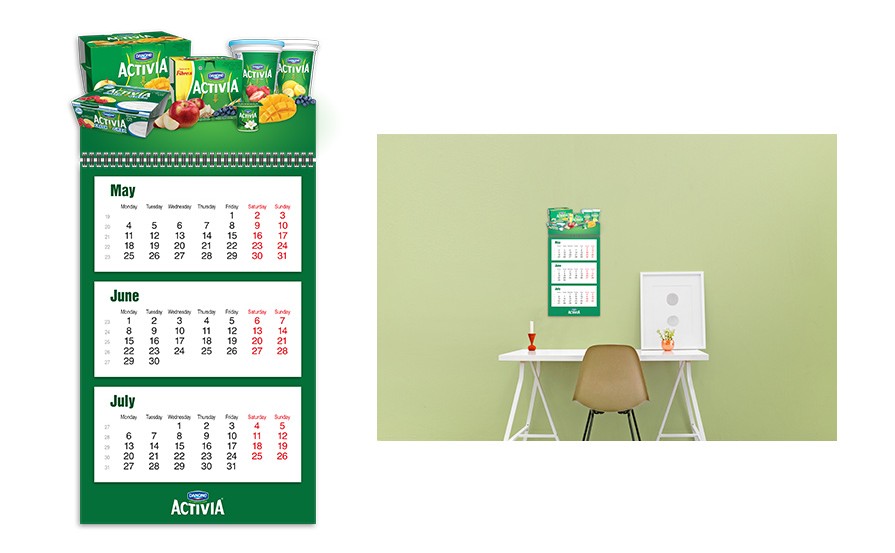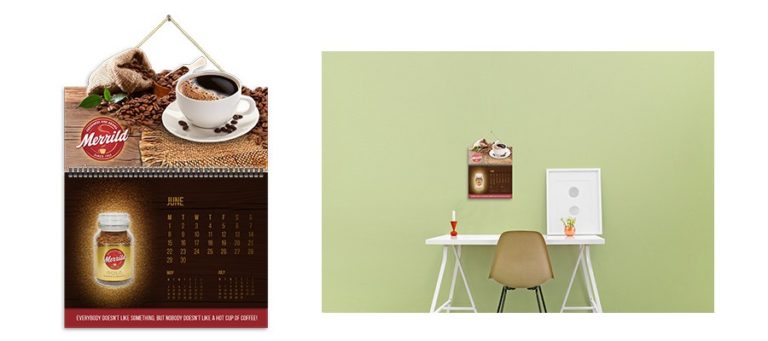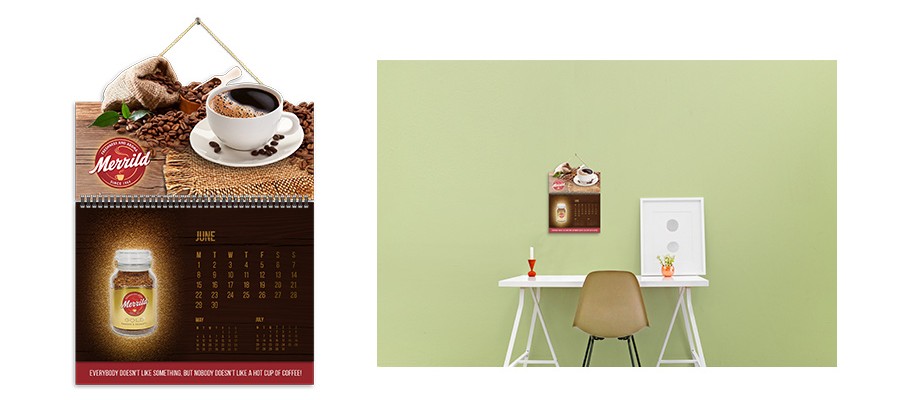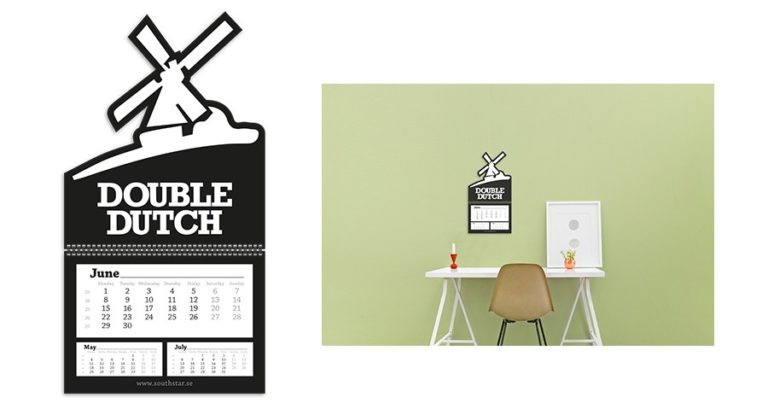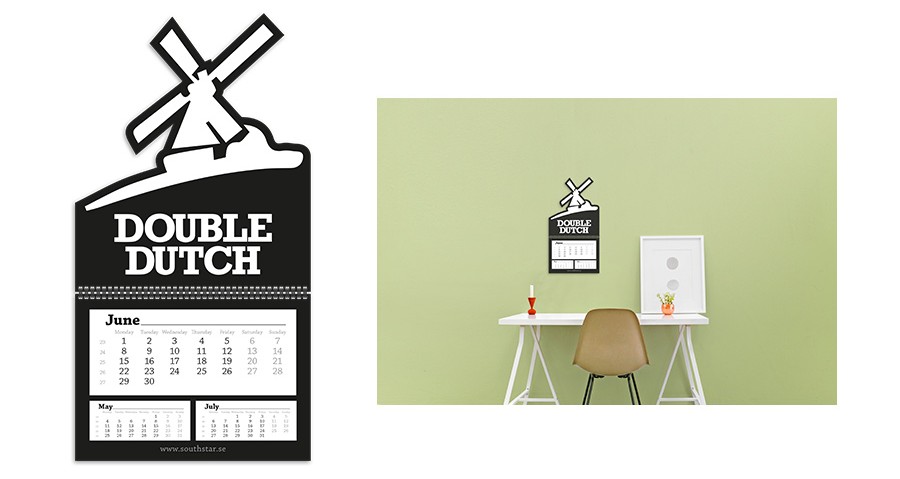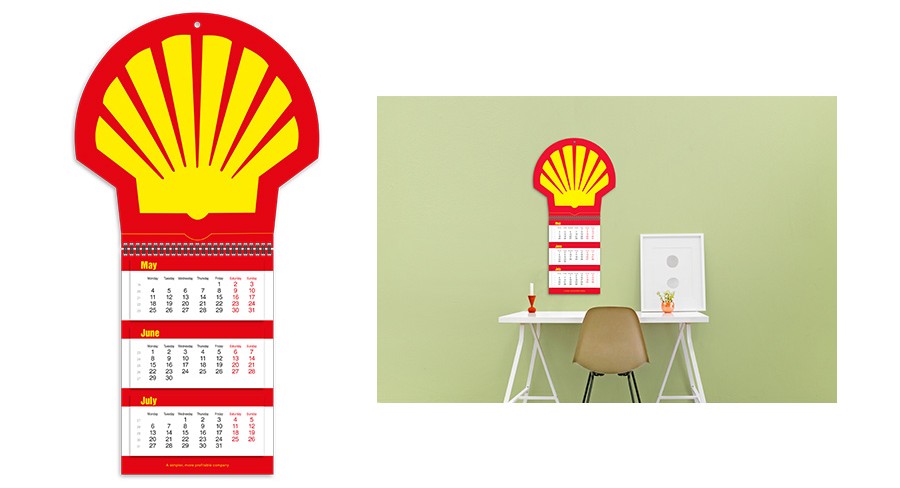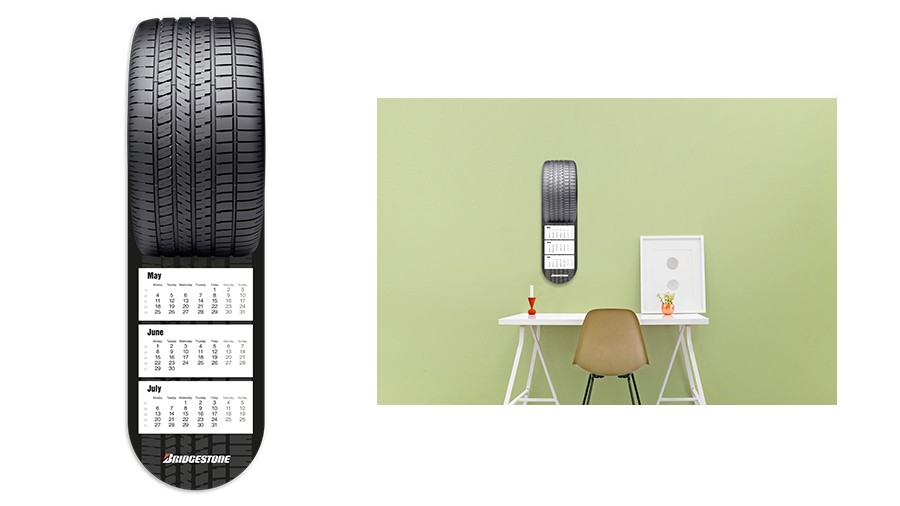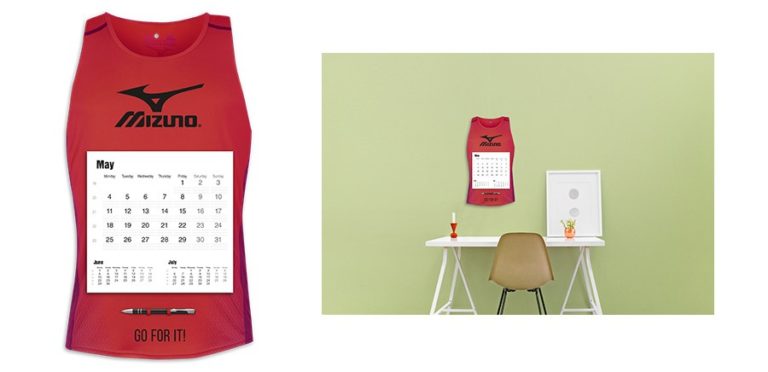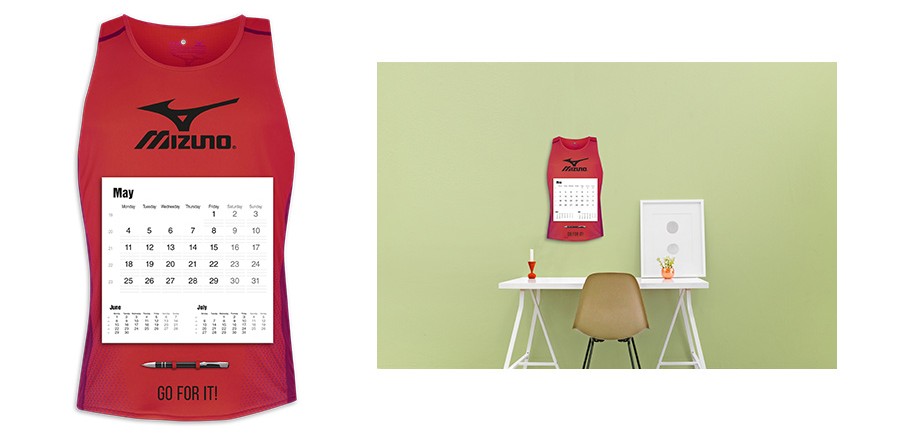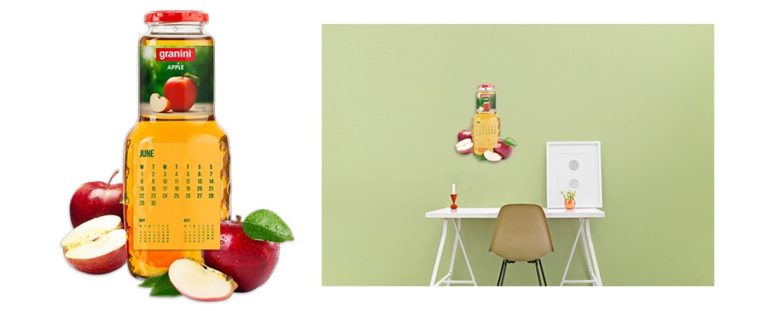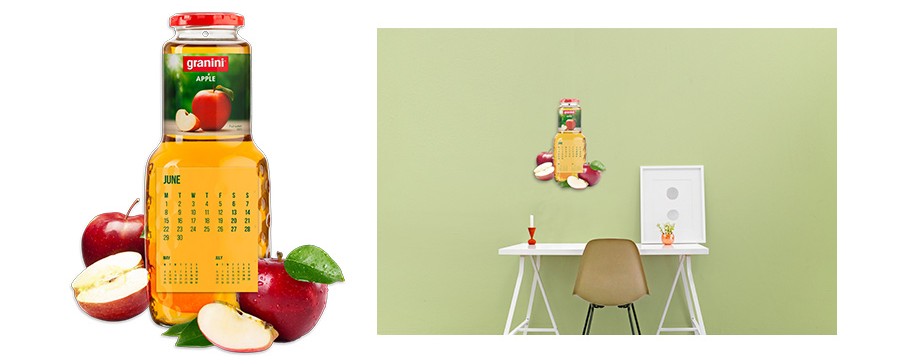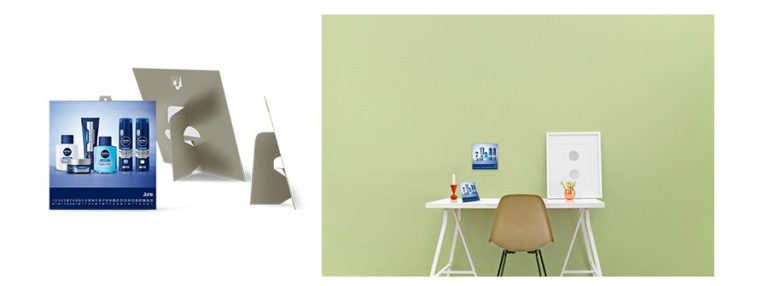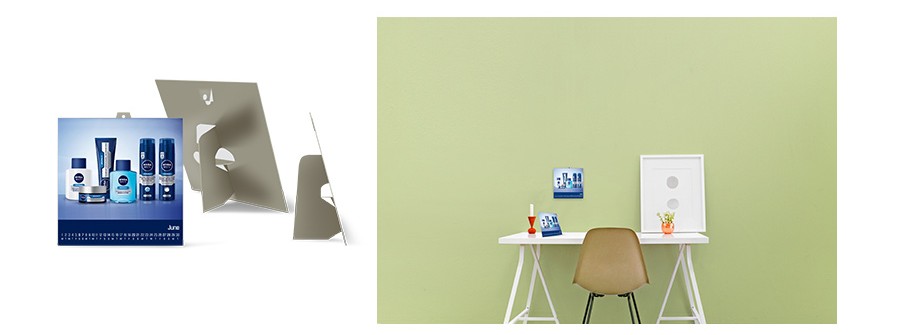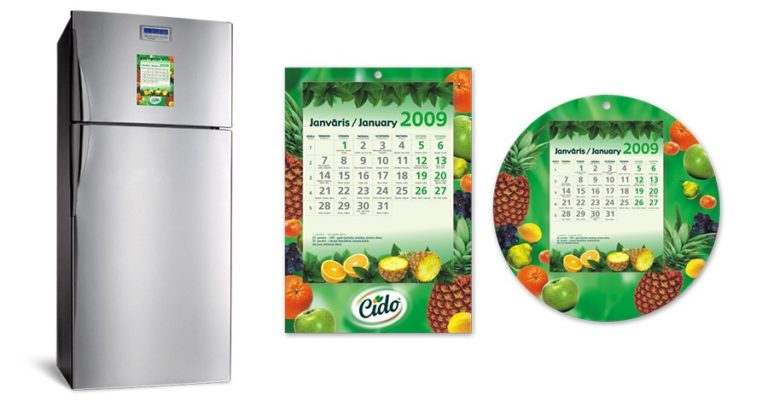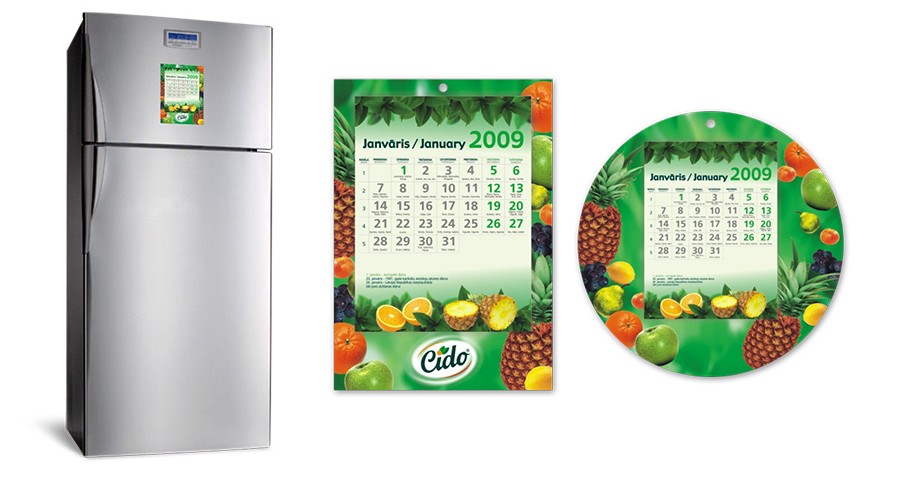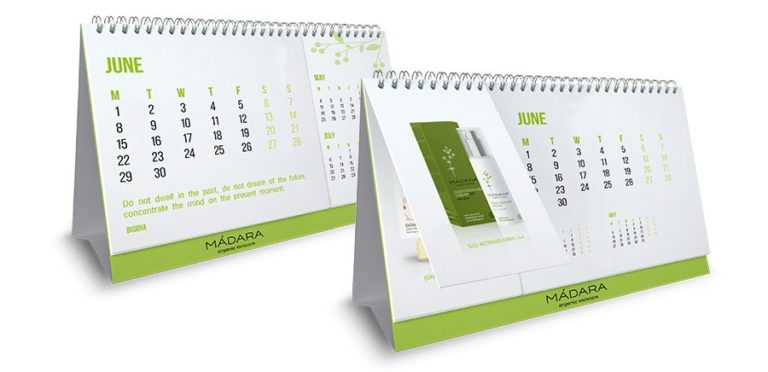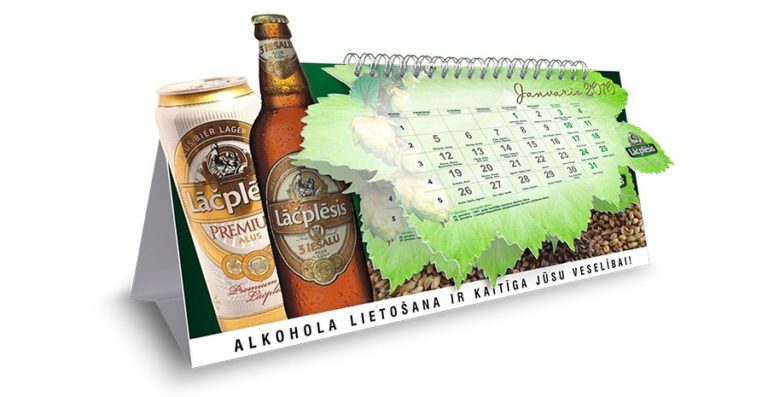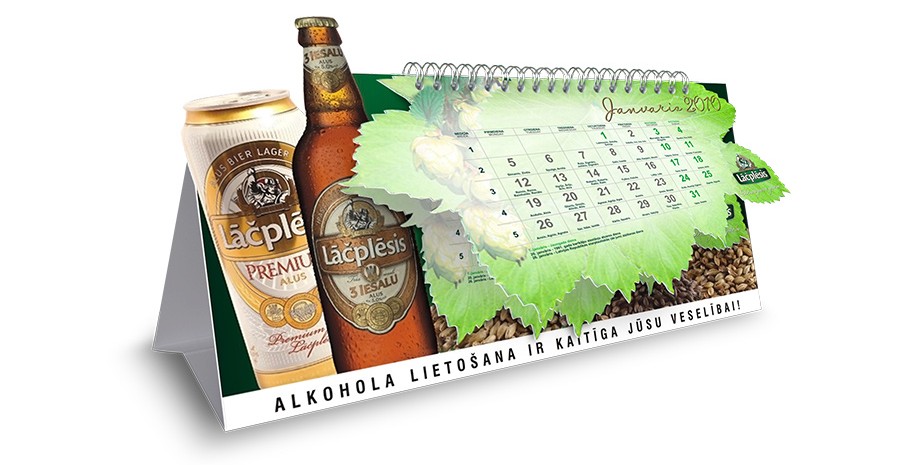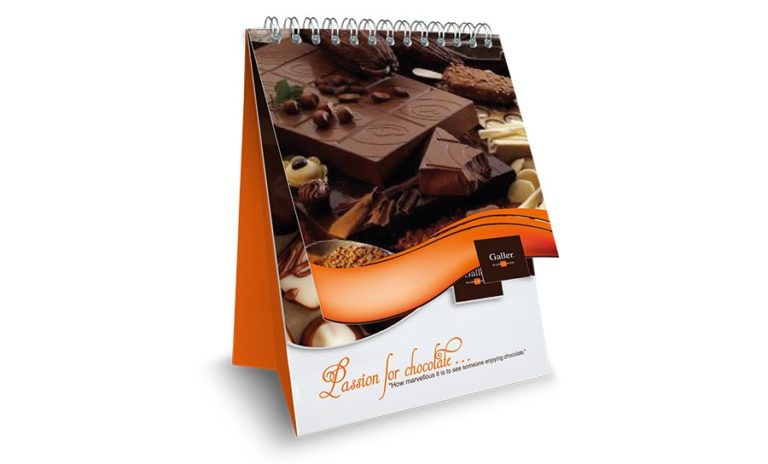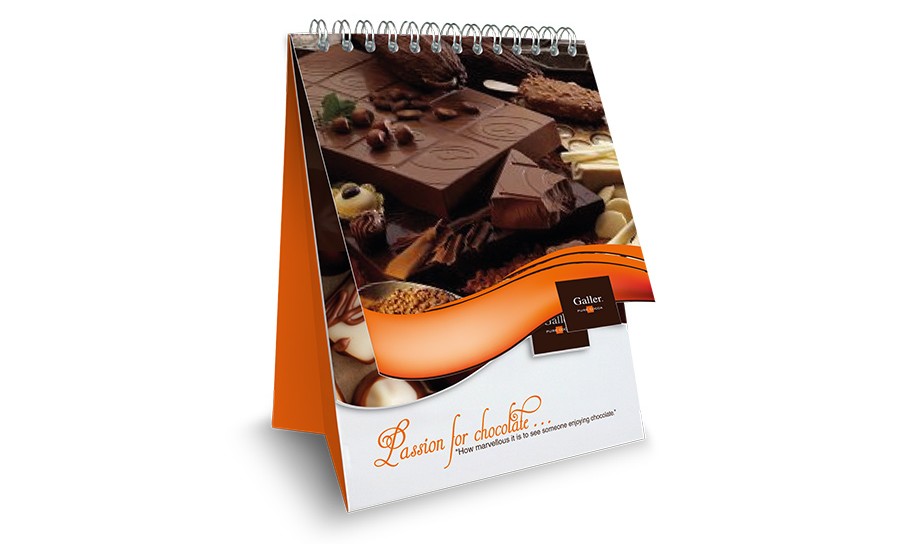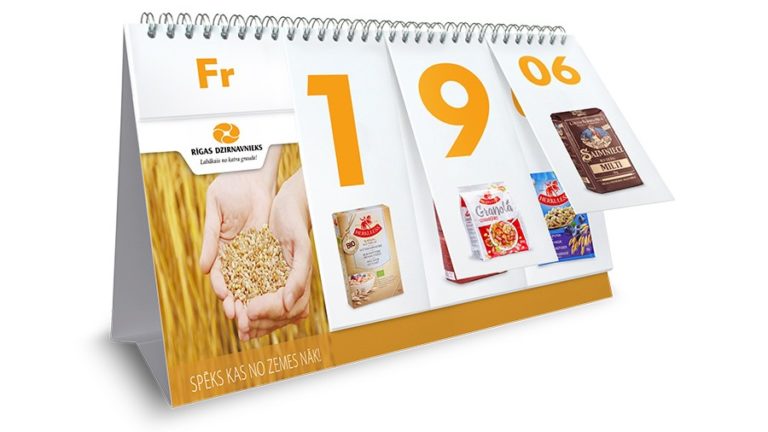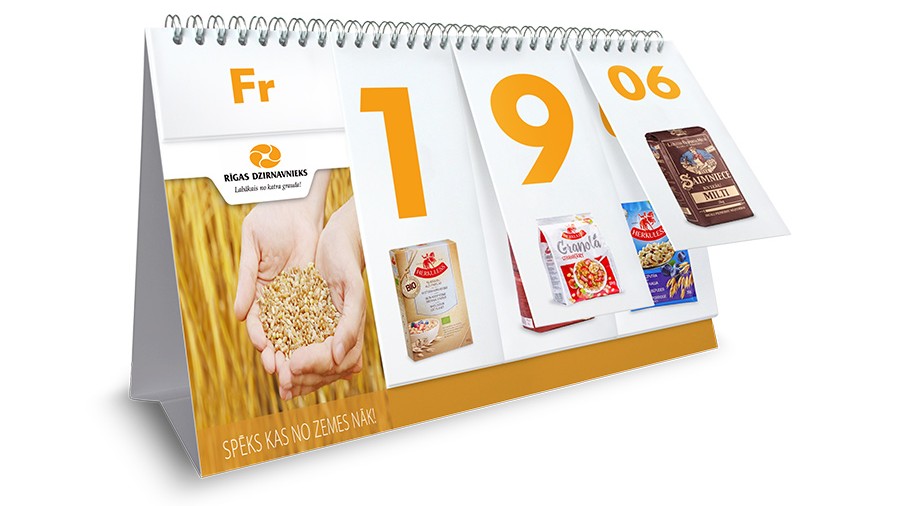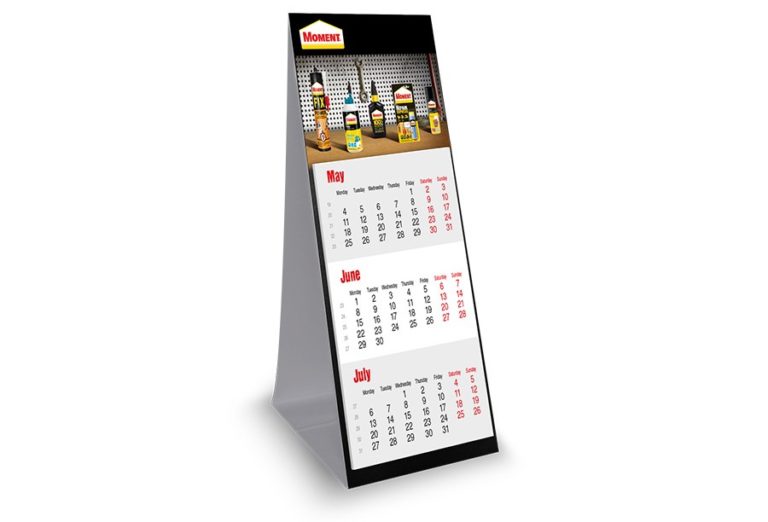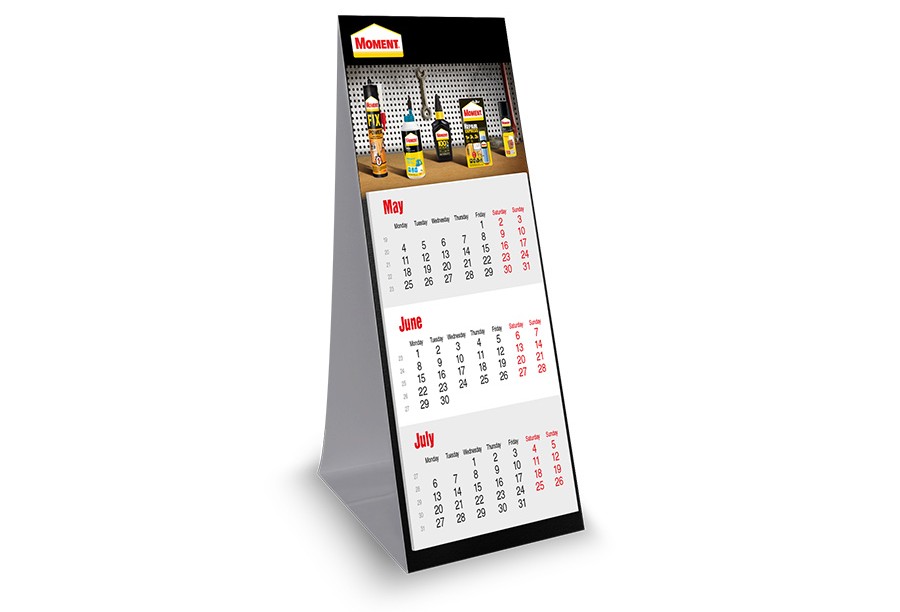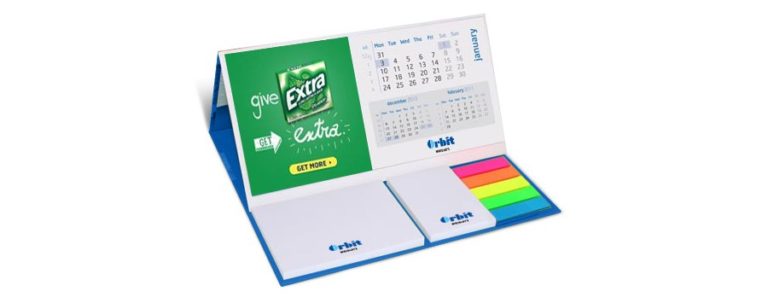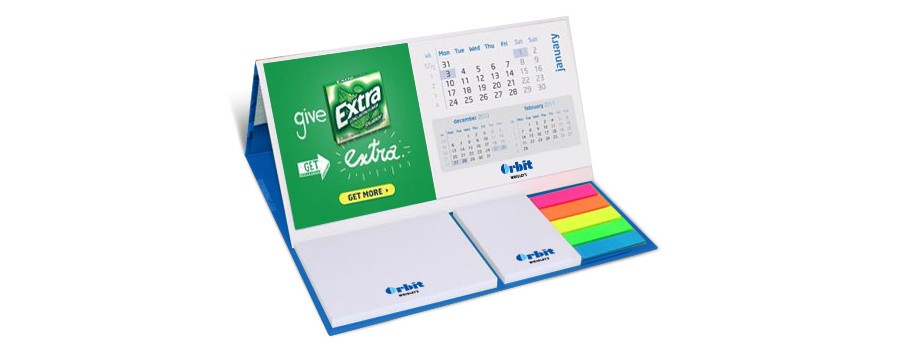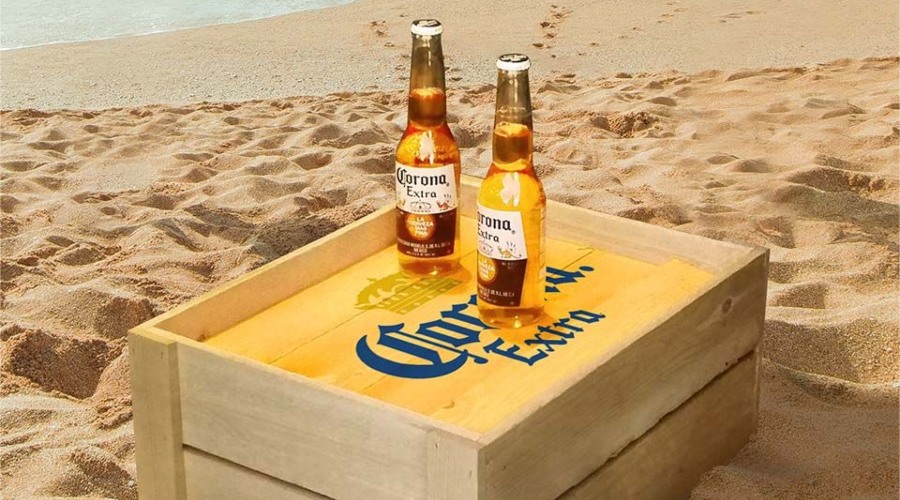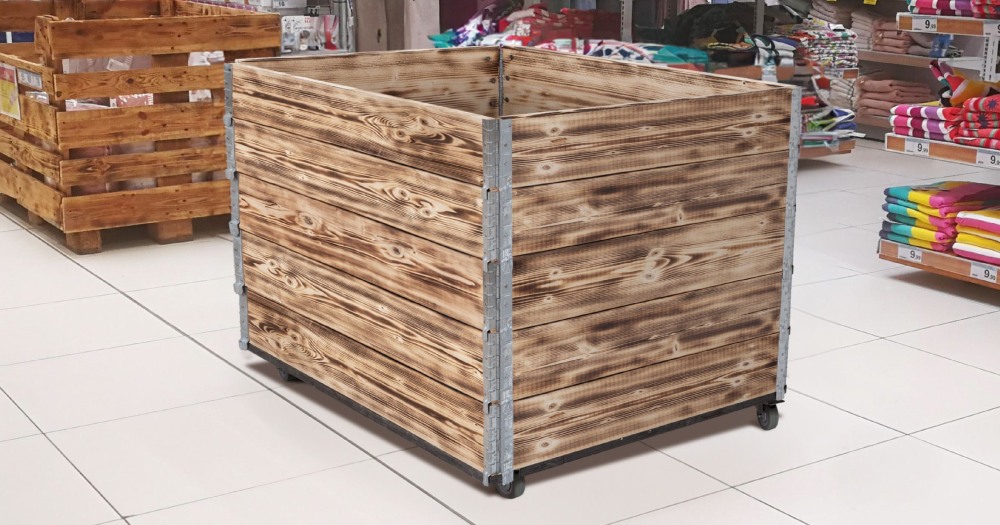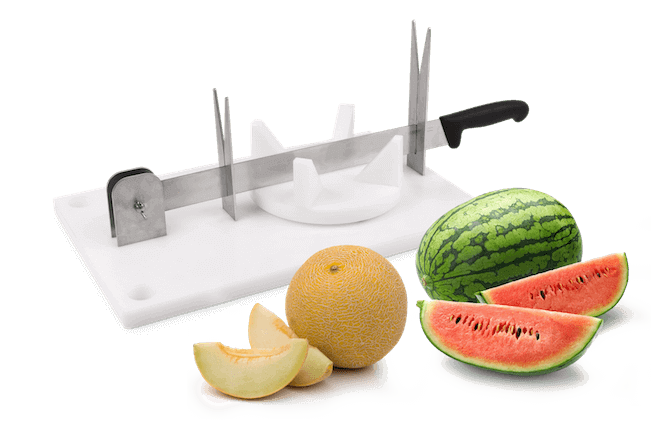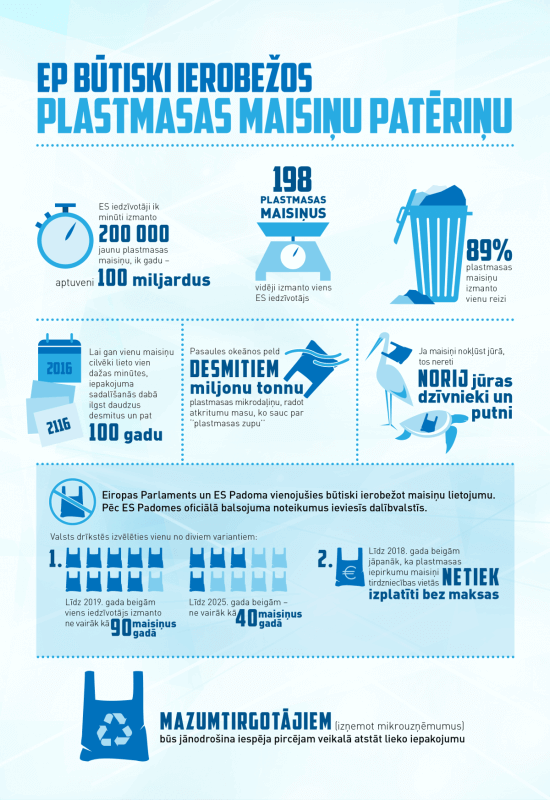Wall and desk calendars, 16 designs ideas included 
Exclusive, customised non standard corporate calendars for your company
Compact wall calendar.
Calendar design adjusted to the product design.
Large current month page, the next and previous pages — smaller.
The calendar has 2 spirals.
Folded in a plastic envelope.
Two piece or four piece wall calendar.
Calendar design adjusted to the product design, promotional header and footer.
Calendar header of a non standard shape.
Quick 3 month overview.
One spiral, possible to have three.
Folded in a plastic envelope.
Wall calendar on a 2mm thick lined cardboard sheet.
Attached to a wall with a jute thread that fits the calendar design.
Promotional space on each month page, altogether 12 promotional areas + header and footer.
Wall calendar on a 2 mm thick cardboard sheet with a windmill silhouette.
Calendar design adjusted to the product design.
Large current month page, the next and previous pages — smaller.
The calendar has 1 spiral.
Folded in a plastic or cardboard envelope.
Two piece wall calendar.
Calendar design adjusted to the product design, promotional header and footer.
Calendar header of non standard shape.
Quick 3 month overview.
1 spiral.
Folded in half and put in a plastic or cardboard envelope.
Two piece wall calendar.
Calendar design adjusted to the product design, promotional header and footer.
Calendar header of non standard shape.
Quick 3 month overview.
1 spiral.
Folded in half and put in a plastic envelope.
Two piece wall calendar.
Calendar design adjusted to the product design, promotional whole calendar base.
Quick 3 month overview.
No spiral, calendar layout glued to the base of the calendar.
An empty space for taking notes.
Attached pen for planning physical activities.
Defined product design calendar on a 2 mm thick cardboard base.
Base design custom made for the product design.
Large current month page, the next and previous pages — smaller.
No spirals, the calendar is glued to the base.
A multifunctional calendar that has month pages as greeting cards, each one can be easily pulled off from the base and the perforated part of the calendar.
A calendar that you can put on a desk as well as hang on a wall.
Can be offered together with stamps and envelopes to make the postage easier.
As for design, even your own photos can be used.
A small wall calendar for the kitchen that attaches to metallic surfaces due to magnetic coating.
The pages can easily be pulled off, base layers of various non standard shapes are available, the calendar can also be put on a wall.
Desk calendar that has divided pages — a promotional space for 12 products.
Horizontal desk calendar of a non standard shape that has promotional space for 12 products. Month pages of a non standard, eye-catching shape.
Vertical desk calendar of a non standard shape that has promotional space for 12 products. Month pages of a non standard, eye-catching shape.
Month and day calendar that has each page promoting a different product. Altogether 36 product placements possible.
Vertical desk calendar — budget version, without a spiral, one promotional area.
Desk calendar — organiser and notepad.
2 promotional areas — month pages and the notes.
The most popular calendar types
The 2 most popular calendar types are wall calendars and desk calendars. Popular are also calendars combined with organisers or diaries, with pocket calendars becoming less so. With the advent of digital calendars, printed calendars have become less favoured. Even though a digital calendar is a convenient tool for planning your work, it still cannot replace a real, tangible one, which, tastefully produced, can be used as a design element.
The 7 main parameters that influence the price of a printed calendar
Size — as an example, the size of a wall calendar ranges from A4 up to B1.
Type of paper — the most commonly used paper type in calendar production is coated and offset paper, often times one-sided cardboard is used. For more exclusive ones, paperboard is used.
Standard or non standard shape — the production of calendars of a non standard shape takes up more material and labour, making them more expensive compared to standard calendars, plus non standard calendars are usually produced in higher quantity — no less than 500.
Number of pages — usually for 12 month calendars 12 one-sided printed pages are used or 6 pages printed on both sides. Some calendars have pages with a 3 month layout.
Quantity — for corporate calendars the production quantity usually falls within the range of hundred to a couple thousand pieces, and, if the budget is limited, for a low quantity it is advised to choose calendars of a standard shape. If the quantity exceeds 500 pieces, the price for non standard calendars becomes quite reasonable.
Colours — calendars with a full colour promotional base usually have pages in two colours — black or grey for weekdays, red for weekends and holidays.
Calendar biding —usually a metallic or plastic spiral is used for biding, as well as glueing. Also, possible is biding by staples, rivets, even screws for exclusive calendars.
Calendar sample creation — usually a time-consuming process due to having to mark public holidays, which don’t always happen to be on the same dates year-to-year. Moon phases, name days — all of it has to be marked in a calendar. The sample has to be given to a proofreader to assess its correctness. Companies that are producing calendars usually already have samples, and the client does not have to pay for one.
Non standard calendars — these are calendars, that differentiate from standard calendars by some additional highlighted feature — varnish, shape, foil print, relief print, flock print. Non standard calendars most commonly are produced in different shapes. The choice of materials for non standard calendars includes lined cardboard, plastic, wood, as well as paper of various texture and design.
Economic or budget calendars — calendars, the structure of which permit simple binding, because adding a spiral or binding by similar means require handwork, and thus this part of the production requires comparatively more labour. Cheap economic calendars are of a standard size with a well-planned layout on the printing sheets to preserve the paper.
The most convenient quantity of corporate calendars — the optimal quantity of corporate calendars exceeds 200 pieces. The bigger the quantity, the lower the price, but post-production requires handwork, and the price difference for a big quantity, above 3000 pieces, production isn’t as noticeable as when printing between 500 and 1000 pieces.
Calendar packing — the most common way of packaging is poly mailers, cardboard envelopes being used for exclusive calendars. It is possible to produce calendars that can be folded and put inside A4 or A3 format regular envelopes to be sent by post.
Calendar design — the design of a corporate calendar usually is done by a professional designer, later text and specified dates being checked by a proofreader. In the calendar design process the client supplies the visual materials to be used, or they are bought in picture banks. The brand advertisement is put on the calendar’s base or the main part, which will be seen regardless of the current page, with a product advertisement printed on each separate one. Sometimes the client wants a modest self-promotion on the month pages, so a neutral design approach is used for design elements, photographs, brand advertisement.
Interesting facts about calendars
The term calendar itself is derived from calendae, the term for the first day of the month in the Roman calendar, related to the verb calare “to call out”, referring to the “calling” of the new moon when it was first seen. Latin calendarium meant “account book, register” (as accounts were settled and debts were collected on the calends of each month). The Latin term was adopted in Old French as calendier and from there in Middle English as calender by the 13th century (the spelling calendar is early modern English).
The Gregorian calendar is the most widely used calendar today for all civil purposes in which the average length of the year is 365,2425 days with a leap year every 4 years to keep the duration of the year aligned with the solar year. First introduced by Pope Gregory XIII on October 15, 1582 in an effort to reform the Julian Calendar, introduced in 53BC by Julius Caesar also introduced in order to reform the Roman Calendar in use at the time since 713BC. The Julian calendar introduced an error of 1 day every 128 years, which was corrected by the Gregorian calendar. The Julian calendar is still being used by some members of the Russian Orthodox Church, and is 13 days behind the Gregorian calendar.
The official calendar in China is the Gregorian calendar, but the traditional Chinese calendar plays an important role there. The Chinese calendar is an example of a solilunar calendar with 12-year cycles, each related to a specific animal. It is used for traditional activities in China and overseas Chinese communities. It guides Chinese people in selecting the luckiest days for weddings, funerals, moving, or beginning a business. The Chinese New Year is the longest holiday in the Chinese calendar, and, according to legend, a beast called a Nian would emerge from its hiding place once a year to attack humans. Fortunately, this mythological creature is sensitive to explosions, fire and the colour red and so the traditional New Year celebrations are marked by fireworks, loud banging, and lots of red costumes.
February 30, 1712, came into existence in Sweden when the Julian calendar was restored and 2 leap days were added that year. Sweden’s final conversion to the Gregorian calendar occurred in 1753, when an 11-day correction was applied so that February 17 was succeeded by March 1 that year. Not everyone was pleased with the calendar reform. Some people believed it stole 11 days of their lives.
A name day is a tradition in many countries in Europe of celebrating a day based on an individual’s given name. The custom originated with the Catholic and Orthodox calendar of saints, where believers, named after a particular saint, would celebrate that saint’s name day. In many countries, however, there is no longer any explicit connection to Christianity. The celebration of name days differ greatly between countries. There are many countries that consider name days as significant as their birthdays, while there are some that still barely recognize the tradition. In some cultures, a name can appear more than once. In this situation, the individual celebrates the name day closest to his/her birthday.
About us: A team of professionals with extensive experience in calendar production, beginning with an idea, a choice of layout and the production of a sample. Our main focus is to provide fast service and high quality to all our clients, according to the production standards. Mail: sprintlab@sprintlab.eu

